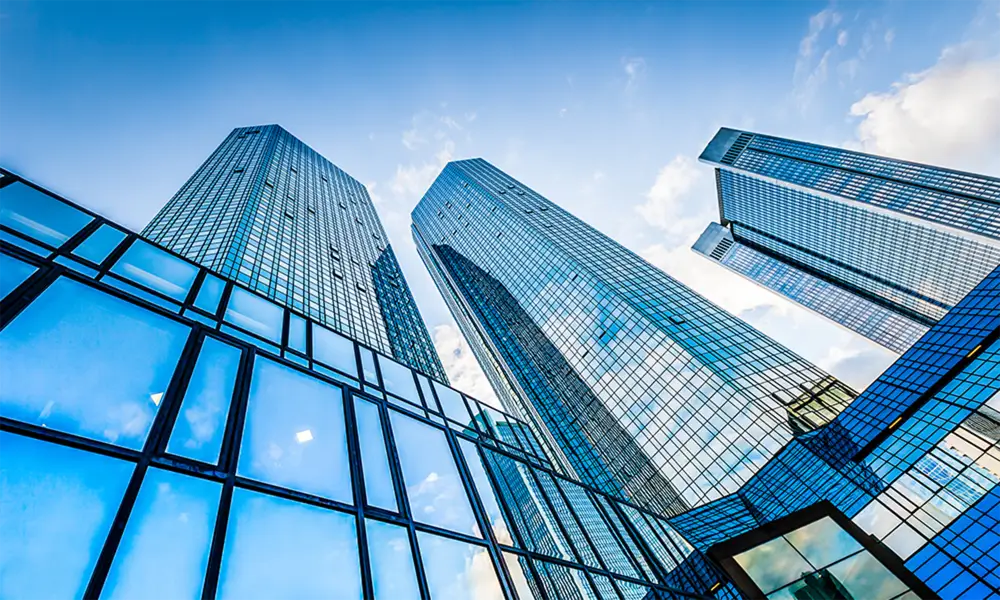

Understanding Infrared Reflecting Laminated Glass Benefits and Applications
In recent years, advancements in materials science have led to the development of innovative glass products tailored for a variety of applications. One exciting advancement is infrared reflecting laminated glass, which combines functionality with aesthetics, making it a popular choice in modern architecture and design.
Infrared reflecting laminated glass is specifically designed to block infrared radiation while allowing visible light to pass through. This unique property makes it an excellent choice for energy-efficient buildings. By reflecting infrared rays, the glass helps to reduce heat gain from sunlight, leading to a more comfortable indoor environment without relying heavily on air conditioning systems.
This type of glass is produced by laminating layers of glass with interlayers that possess reflective coatings. These coatings are engineered to reflect a significant portion of the infrared spectrum while being transparent to visible light. As a result, building occupants can enjoy natural lighting without the unwanted heat that can lead to increased energy costs.
One of the key benefits of infrared reflecting laminated glass is its energy efficiency. Buildings utilizing this technology can significantly lower their heating and cooling costs. For instance, in commercial settings where large expanses of glass are common, the reduction in heat gain can translate into substantial savings on energy bills. This not only benefits the property owners but also contributes to a lower carbon footprint, aligning with global sustainability goals.

In addition to energy efficiency, the laminated structure of this glass offers enhanced safety and security. In the event of a breakage, the interlayer holds the glass fragments together, reducing the risk of injury from shattered pieces. This quality makes it an ideal choice for high-traffic areas or locations prone to severe weather conditions. Further, the added layer can offer increased sound insulation, providing a quieter indoor environment, a critical factor in urban landscapes.
The aesthetic appeal of infrared reflecting laminated glass should not be overlooked. The ability to design glass facades that meet both functional and design criteria is crucial for modern architects. The reflective quality of the glass can create stunning visual effects, enhancing the overall look of a building. Moreover, it can be produced in various colors and transmittance levels, allowing architects to choose products that perfectly fit the design vision of their projects.
Applications of infrared reflecting laminated glass extend beyond commercial buildings. Residential homes can also benefit from this glass in windows and patios, providing better comfort for residents while ensuring energy efficiency. Furthermore, the automotive industry is exploring its potential for vehicle windows, as reducing heat load can significantly improve passenger comfort and enhance energy efficiency in electric vehicles.
In construction projects, the integration of infrared reflecting laminated glass is increasingly becoming a standard rather than an exception. As cities evolve and the demand for sustainable buildings rises, the architectural landscape is bound to change. Infrared reflecting laminated glass, with its combination of safety, energy efficiency, and aesthetic versatility, represents a pivotal innovation in achieving these goals.
In conclusion, infrared reflecting laminated glass is a remarkable solution at the intersection of technology and design. Its ability to enhance energy efficiency while providing safety and aesthetic value makes it an attractive option for a range of applications, from commercial buildings to residential homes and automotive industries. As the world increasingly prioritizes sustainability, the adoption of such advanced materials will play a crucial role in shaping the future of architecture and design. By embracing innovations like infrared reflecting laminated glass, we can create brighter, safer, and more energy-efficient spaces for generations to come.